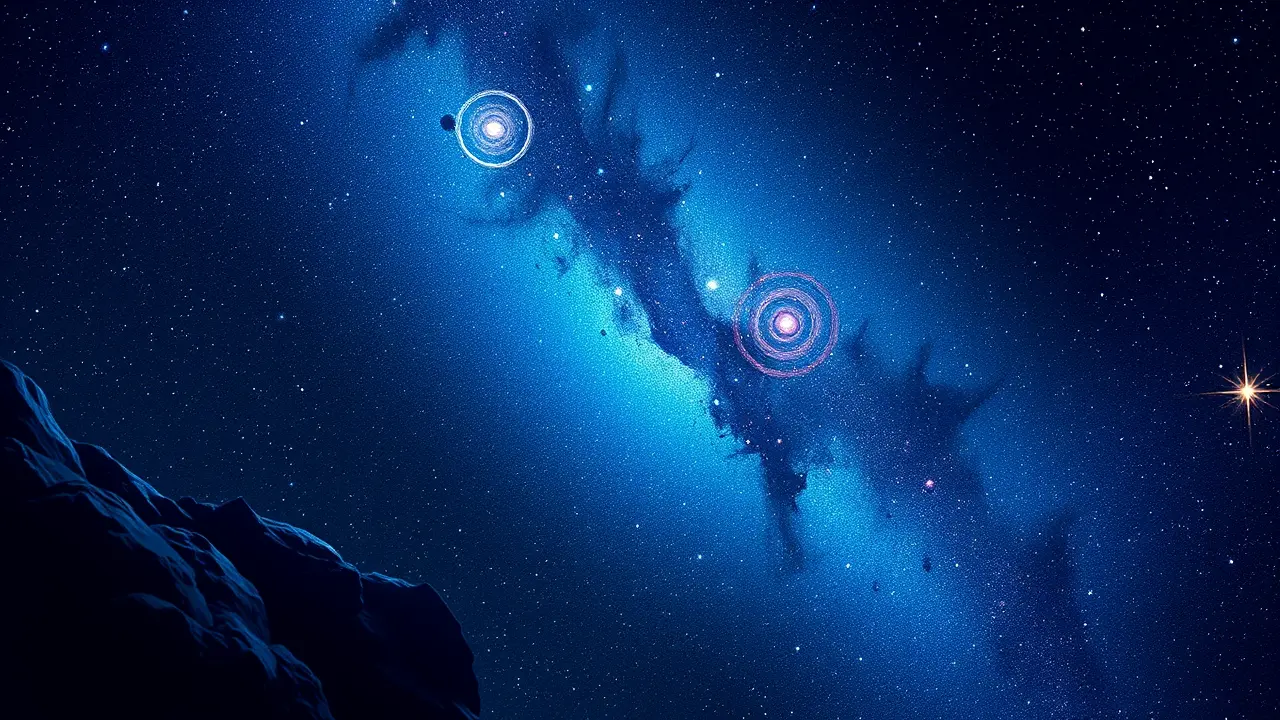
Sciencespace & astronomyAstrophysics Discoveries
Universe's Star-Making Peak Has Passed, Say Astronomers.
TH
Thomas Green
5 hours ago7 min read
The European Space Agency’s Euclid telescope, a technological marvel designed to map the dark universe, has begun its monumental task, sending back a deluge of data from billions of light-years across the cosmos. Astronomers, acting as cosmic archaeologists sifting through this digital treasure trove, have uncovered a profound and somber truth: the universe's feverish era of star formation has passed its zenith.We are witnessing a cosmos in its twilight years, a universe that has, for lack of a better term, passed its prime. This isn't a sudden collapse but a gradual, cosmic-scale cooling off, a winding down of the most fundamental creative force.To understand this, we must rewind to the universe's fiery infancy, just after the Big Bang, when it was a dense, hot soup of primordial gas. As it expanded and cooled, gravity began to sculpt this featureless void, pulling together the first nebulous clouds that would ignite into the very first stars.These Population III stars, behemoths of pure hydrogen and helium, lived fast and died young in spectacular supernovae, seeding the cosmos with the heavier elements essential for building everything from rocky planets to DNA. This period, often called the 'cosmic noon,' which occurred roughly 10 billion years ago, was the universe's golden age, a frenetic construction phase where galaxies collided and merged, triggering bursts of star birth that lit up the darkness.Today's findings from Euclid confirm that this party is largely over. The available gas—the raw fuel for star formation—has been either consumed, locked up in long-lived stars like our Sun, or heated and dispersed by the violent feedback from those same stars and the supermassive black holes at galactic centers.It's a cosmic energy crisis; the reservoirs are running dry. This discovery places our own existence in a poignant context.Our solar system, and indeed life itself, is a latecomer to the universal stage, emerging billions of years after the most prolific period of stellar creation. While the process hasn't stopped entirely—new stars are still being born in nebulae like Orion—the rate is a mere trickle compared to the deluge of the past.The future, as dictated by these observations, is one of increasing isolation and darkness. Galaxies will continue to use up their remaining fuel, and one by one, the lights will go out, leading to a universe dominated by aging red dwarfs and the fading embers of dead stars.This research, spearheaded by an international consortium, doesn't just tell us about the past; it provides a critical calibration for our models of cosmic evolution, helping us understand the mysterious roles of dark matter and dark energy in this grand narrative of cosmic rise and fall. The universe, it seems, has peaked, and we are here to bear witness to its long, graceful decline.
#featured
#universe
#star formation
#decline
#Euclid telescope
#astronomy
#cosmology
#cosmic evolution
Stay Informed. Act Smarter.
Get weekly highlights, major headlines, and expert insights — then put your knowledge to work in our live prediction markets.
Related News
© 2025 Outpoll Service LTD. All rights reserved.
